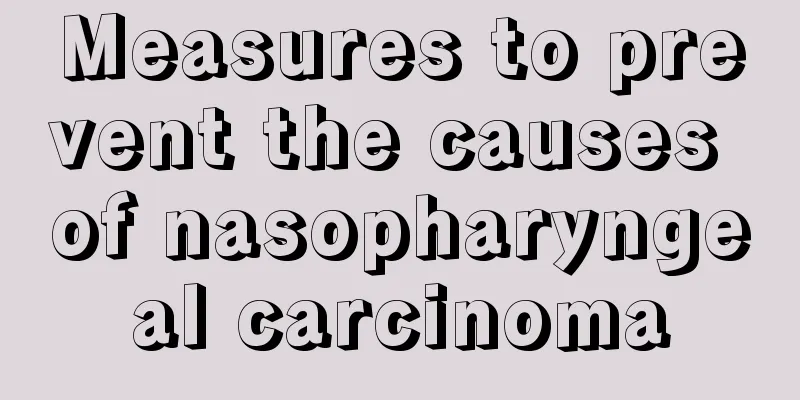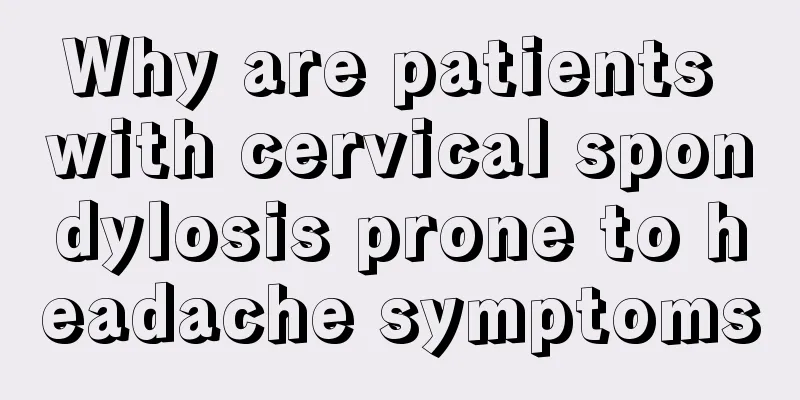Infusion reactions include_Clinical manifestations of infusion reactions

|
Usually, you need intravenous infusion when you have a cold or fever, and you also need intravenous infusion when you have inflammation or disease. The main principle of intravenous infusion is to inject the medicine directly into the human body through intravenous injection. This is more effective than digesting it in the stomach. This is the main reason why intravenous infusion is more effective than taking medicine. However, a small number of people may experience some adverse reactions after infusion, which require special attention and understanding. Clinical manifestations of infusion reactions Heart failure, pulmonary edema 1. Cause: Due to the drip rate being too fast, too much fluid is infused in a short period of time, causing a sharp increase in circulating blood volume and excessive burden on the heart. 2. Symptoms: The patient suddenly feels chest tightness, shortness of breath, and coughs up foamy bloody sputum; in severe cases, thin sputum may flow out of the mouth and nose, moist rales appear in the lungs, and the heart rate is fast. 3. Prevention and treatment methods (1) The infusion drip rate should not be too fast and the amount of infusion should not be too much. Special attention should be paid to heart patients, the elderly and children. (2) When symptoms of pulmonary edema appear, the infusion should be stopped immediately, the doctor should be notified, and the patient should be asked to sit up with legs hanging down to reduce venous return and reduce the burden on the heart. (3) Give vasodilators, antiasthmatics and cardiotonic drugs as prescribed by the doctor. (4) Inhale high-flow oxygen and replace the water in the humidification bottle with 20%-30% alcohol before inhalation to reduce the surface tension of the foam in the alveoli, causing the foam to rupture and dissipate, thereby improving lung gas exchange and alleviating symptoms of hypoxia. (5) When necessary, apply tourniquets to the limbs in rotation (relax the limbs in turn every 5-10 minutes to effectively reduce the amount of blood returning to the heart). After the symptoms are relieved, the tourniquet should be gradually removed. Phlebitis 1. Causes: Long-term infusion of high-concentration and highly irritating drugs, or prolonged placement of highly irritating plastic tubes in the veins, which can cause chemical inflammatory reactions in the local venous wall; local venous infection can also be caused by lax aseptic operation during the infusion process. 2. Symptoms include the appearance of cord-like red lines along the veins, local tissue redness, swelling, burning, and pain, sometimes accompanied by systemic symptoms such as chills and fever. 3. The principle of prevention and treatment is to avoid infection and reduce stimulation to blood vessel walls. (1) Strictly follow aseptic techniques. Drugs that are irritating to blood vessels, such as erythromycin and hydrocortisone, should be fully diluted before use, and prevent the drugs from overflowing from the blood vessels. At the same time, the injection site should be changed frequently to protect the vein. (2) Elevate the affected limb and apply immobilization, and apply hot and wet compress with 95% alcohol or 50% magnesium sulfate. (3) Apply Chinese medicine Waifu Ling or Ruyi Jinhuang Powder externally, twice a day, each time for 30 minutes. (4) Ultrashort wave therapy, using TDP therapy device, twice a day, 30 minutes each time. |
<<: Precautions for using infusion pump
>>: Infusion treatment for gout
Recommend
What are the physical therapies for neurological tinnitus?
Neurological tinnitus is a relatively rare sympto...
Experts analyze the causes of nasopharyngeal carcinoma
Nasopharyngeal cancer has a serious impact on pat...
What tests should patients with testicular cancer do
Testicular cancer is a serious male disease that ...
What are the main manifestations of emotional disorders
Negative emotions not only bring us a bad mood, b...
How to preserve fresh chili peppers
If you cannot finish fresh chili peppers in one m...
What is the correct way to do face yoga?
Everyone knows about yoga. Yoga has many benefits...
Is leukemia hereditary?
There are many types of diseases. When it comes t...
The psychological state of a long-term alcoholic
People who drink excessively for a long time have...
How is Takayasu's arteritis treated?
Takayasu arteritis is an inflammatory arterial di...
How to stop toothache immediately?
Tooth sourness is a common condition. Tooth sourn...
Stay up until two or three every day
There are many harmful effects of staying up unti...
Symptoms of bone metastasis in advanced lung cancer
Symptoms of advanced lung cancer bone metastasis ...
Which hospital is good for treating colon cancer
According to current medical technology, colon ca...
What to do about congenital cerebral atrophy?
The treatment of congenital cerebral atrophy shou...
What factors are related to the cause of glioma
Glioma is a malignant neurological tumor disease ...









